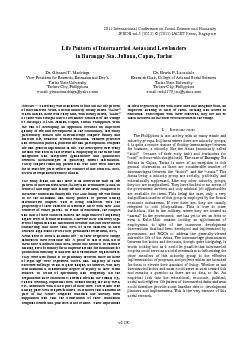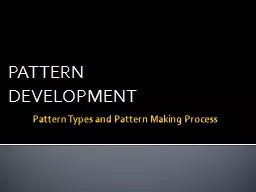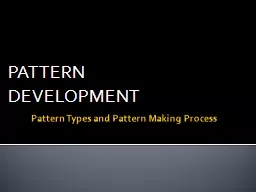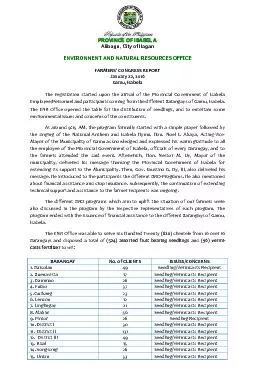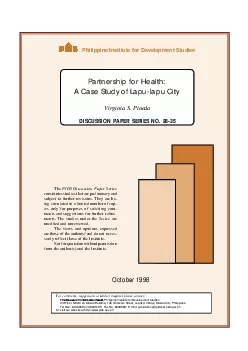PDF-Life Pattern of Intermarried Aetas and Lowlanders in Barangay Sta. Ju
Author : cheryl-pisano | Published Date : 2017-02-04
II RESEARCH OBJECTIVES Generally this study aimed to find out the life pattern of intermarried kulot and unat couples in Sta Juliana Capas Tarlac Specifically it
Presentation Embed Code
Download Presentation
Download Presentation The PPT/PDF document "Life Pattern of Intermarried Aetas and L..." is the property of its rightful owner. Permission is granted to download and print the materials on this website for personal, non-commercial use only, and to display it on your personal computer provided you do not modify the materials and that you retain all copyright notices contained in the materials. By downloading content from our website, you accept the terms of this agreement.
Life Pattern of Intermarried Aetas and Lowlanders in Barangay Sta. Ju: Transcript
Download Rules Of Document
"Life Pattern of Intermarried Aetas and Lowlanders in Barangay Sta. Ju"The content belongs to its owner. You may download and print it for personal use, without modification, and keep all copyright notices. By downloading, you agree to these terms.
Related Documents

